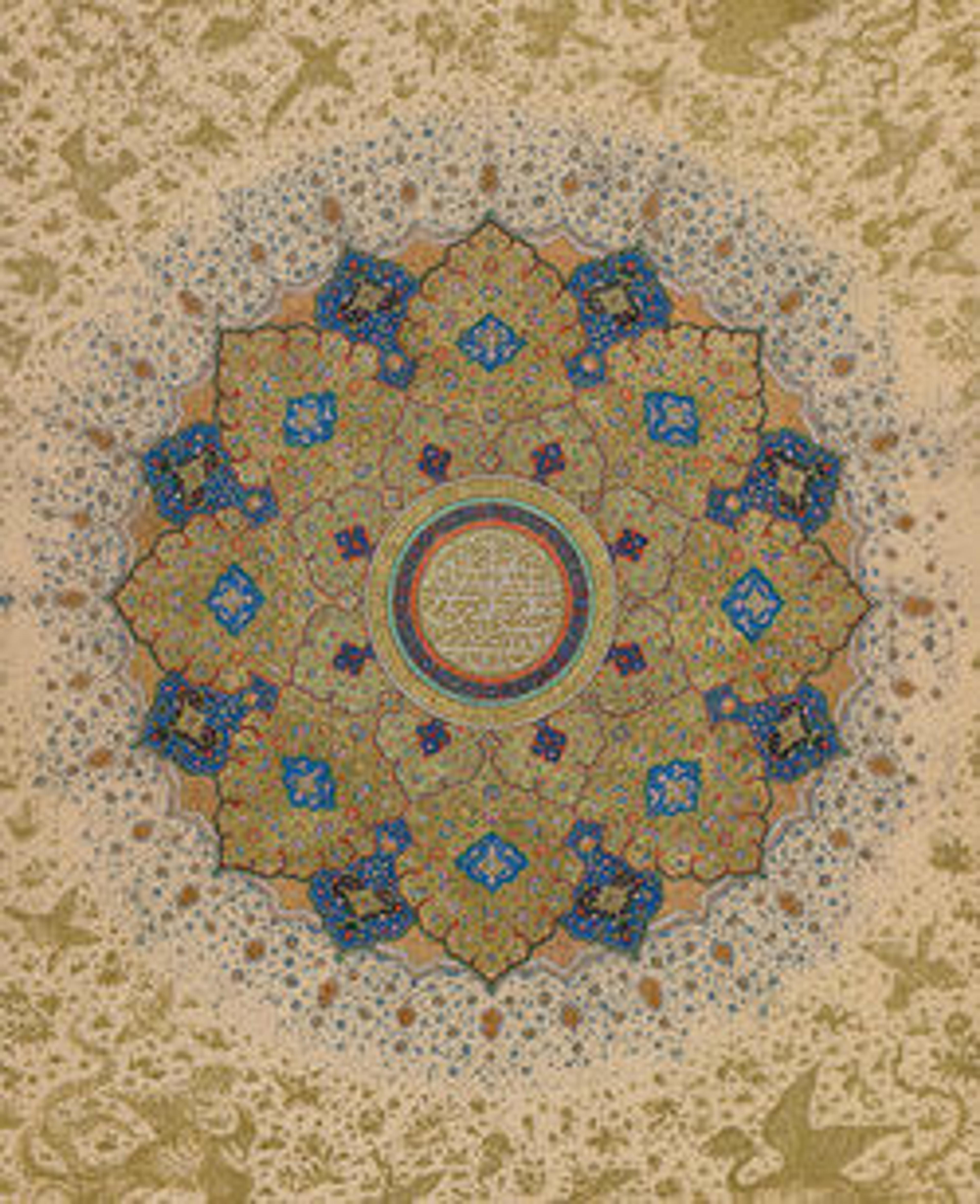Lobed Plaque
The silver jeweled ornaments of the Turkoman tribes of Central Asia are characterized by their bold forms, striking profiles, and prominent semiprecious stones, most often carnelians or turquoise. By the nineteenth century, the once seminomadic Turkoman people had settled in various parts of Iran, Afghanistan, and Chinese and former Soviet Central Asia, but metalworkers' guilds continued to hold an honored position in each center. Turkoman silversmiths produced a variety of objects in a style and with motifs that reflected both Islamic and shamanist cultural influences: jewelry for women and children; ornaments and fittings for knives, helmets, and belts; and harnesses and other embellishments for horses and other animals.
This pendant of somewhat unusual form originally hung from a chain threaded through metal rings attached to the loops on the rectangular plate at the top. The combination of filigree and a thicker silver rim is often seen in Turkoman silver jewelry. The use of blue stones as protection from the "evil eye" has a long history in Islamic culture, particularly in the Persianate world.
This pendant of somewhat unusual form originally hung from a chain threaded through metal rings attached to the loops on the rectangular plate at the top. The combination of filigree and a thicker silver rim is often seen in Turkoman silver jewelry. The use of blue stones as protection from the "evil eye" has a long history in Islamic culture, particularly in the Persianate world.
Artwork Details
- Title:Lobed Plaque
- Date:late 19th–early 20th century
- Geography:Attributed to Khotan
- Medium:Silver; chased, with filigree and decorative wire, slightly domed turquoises, and wax turquoise replacement
- Dimensions:H. 4 9/16 in. (11.6 cm)
W. 4 13/16 in. (12.2 cm) - Classification:Jewelry
- Credit Line:Gift of Marshall and Marilyn R. Wolf, 2005
- Object Number:2005.443.7
- Curatorial Department: Islamic Art
More Artwork
Research Resources
The Met provides unparalleled resources for research and welcomes an international community of students and scholars. The Met's Open Access API is where creators and researchers can connect to the The Met collection. Open Access data and public domain images are available for unrestricted commercial and noncommercial use without permission or fee.
To request images under copyright and other restrictions, please use this Image Request form.
Feedback
We continue to research and examine historical and cultural context for objects in The Met collection. If you have comments or questions about this object record, please contact us using the form below. The Museum looks forward to receiving your comments.
